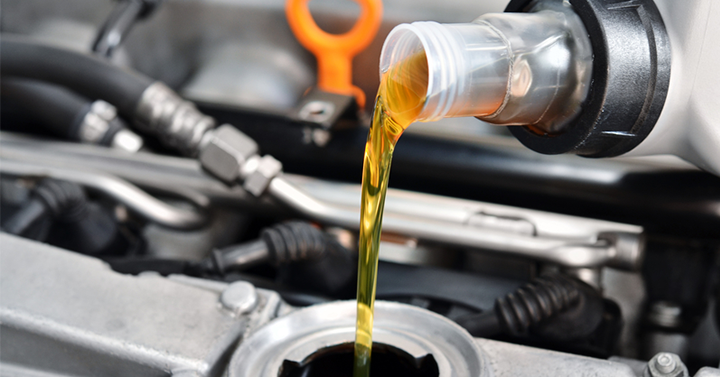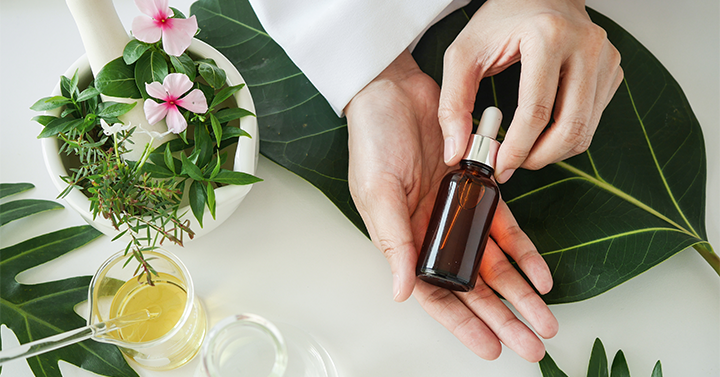
Salon Industry Transformation: Rise of Independent Stylists
The emergence of independent stylists as a growth channel has opened the door for untapped revenue potential for salon hair care brands. Globally, the number of hair salons has declined almost 5% from the 2019 levels. While the door count decreased, many of the previously salon-employed stylists decided to venture into opening independent hair-related services—driving their need to build their own inventory of products for service provision and consumer resale.
Sustainability: A New Opportunity for PAO
The global finished lubricants market has been going through a phase of uncertainty, with a multitude of factors hampering its growth outlook. Several years ago, some countries faced a sovereign debt crisis, which cast a shadow on the global economic environment. Thereafter, the outbreak of the COVID-19 pandemic forced the world into a recession. More recently, the emerging geopolitical situation has had a cascading effect on the global economy, leading to high inflation and interest rates, simultaneously creating an uncertain trade environment. All of these events invariably have impacted the demand for finished lubricants, contributing to the inherent changes that the lubricants and basestocks market had already been witnessing—a shift toward better-quality lubricants and the increasing use of high-performance basestocks, reducing the need for lubricants. Continue reading→
Makeup Ingredients Shine in China’s Personal Care Market
The pandemic had little adverse impact on the demand for most personal care products in China, keeping sales of personal care ingredients on the upswing.
What Changes Are in Store for the Lubricant Additives Industry?
After successfully adjusting to shifts in technology and formulation approaches, the lubricant additives industry is facing yet another challenge: the rapidly rising electric vehicle (EV) lubricants segment.
Four Key Themes of Cosmoprof North America 2022: Self-Care, Customization, Sustainability, and Dipping Powders
It was great to be back at Cosmoprof this year to visit with clients and see the industry’s newest brands and offerings. While big brands were notably absent from the show floor, there were countless new brands to discover. We saw many interesting offerings, which we grouped into the following themes:
Beauty Retailers Confront Historic U.S. Inflation
With inflation rising 9.1% in June to its highest level in over 40 years, will beauty retail experience even bigger declines in store traffic? Kline’s analysis of U.S. foot traffic from SafeGraph proves that beauty retailers are indeed not immune to the inflationary impacts, as foot traffic was down 18% in May from April and down 14% versus year ago for tracked retailers, including Ulta, Victoria’s Secret, and Nordstrom. With brands and retailers adjusting their pricing to reflect the economy, consumers are starting to curtail their store visits. But, how are retailers adapting to retain shoppers?
U.S. Consumer Automotive Lubricants Is Nearing a Complete Return to Form
The U.S. finished lubricants market rebounded from COVID-19 and experienced a strong recovery in 2021, with volumetric demand reaching 97% of the 2019 level.
Continue reading→
U.S. Salon Retail is Alive and Well: What’s Trending and Luring Clients Back?
Retail product sales were up 6.5% in the U.S. in Q1 2022 compared to Q1 2021. This is truly remarkable news for the salon channel, which faced numerous challenges over the past three years. In addition to shutdowns and requirements to implement new health and safety measures, which impacted the service capacity, salon operators experienced increased competition from e-commerce and retailers such as Ulta and Sephora. Despite losing some share to these channels, salons remain the leading outlet for professional hair product sales. According to Kline PRO USA, our salon retail products and services database, sales are nearly back to the level of comparable pre-pandemic Q1 2019; down just 3.4%.
Lawn Care Pros Shift Spend on Pesticides & Fertilizers – Due in Part to Rising Labor Costs, Shortages
The demand for professional lawn care services is booming, which is good news for marketers of pesticides and fertilizers used by lawn care operators (LCOs). Younger households in the United States are increasingly inclined to hire gardening, lawn care, and landscape maintenance professionals, resulting in a paradigm shift in the landscaping industry, after the downturn witnessed during the economic recession. However, a wide gap has emerged in the demand and supply of skilled labor in the industry in recent years, as the total number of lawn, landscaping, and groundskeeping workers fell – for example – from 913,480 in 2018 to 912,660 in 2019. While the overall demand for pesticides and fertilizers has increased – with sales rising by 2.9% per annum to over $500MM in 2021 – there has been a decided change in products usage: Continue reading→
D2C Companies, More Expected to Shape Personal Care Ingredients Market in India
India’s market for personal care ingredients has experienced an abundance of changes due to the COVID-19 pandemic, with swings in demand at the top of the list.










